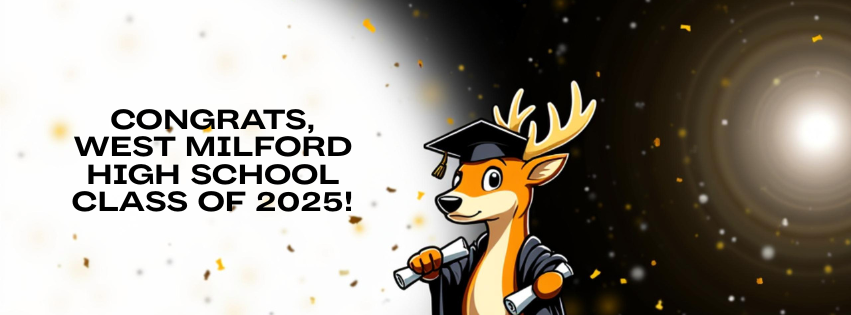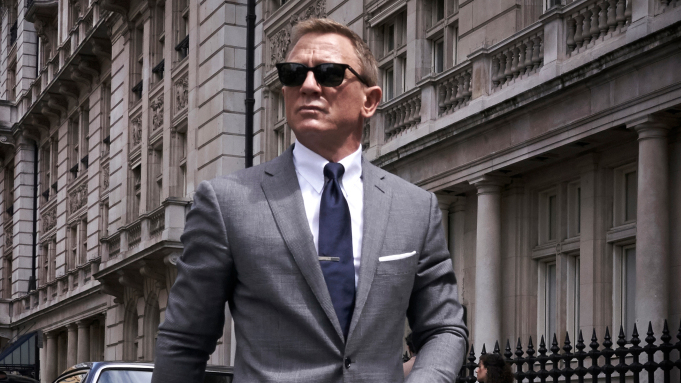“No Time to Die” Review: Daniel Craig’s Last Time as 007
Since 1962, the character of British secret agent James Bond has enthralled audiences, leading to a very long series of films, in which six actors have played the titular character, each in his own way. The latest actor to play agent 007, Daniel Craig, has finally finished his fifth and final turn as the character in “No Time to Die”, which is overall the 25th movie in the James Bond series. Taking place after the events of 2015’s “Spectre”, originally thought to be Craig’s last film, this latest movie sees Bond in retirement after about five years. He is living in Jamaica when his friend at the CIA, Felix Leiter (Jeffrey Wright), asks him to come back into the fray for a secret mission in Cuba. Inadvertently, Bond comes back into the field, having to contend with an agent who has become the new 007 (Lashanna Lynch), a mysterious villain named Safin (Rami Malek), and his prior relationship with Madeleine Swann (Léa Seydoux). Directed by Cary Joji Fukunaga, “No Time to Die” was released on October 8 here in the U.S. after multiple delays, and has been deemed a great swan song for Craig’s now iconic run with the character. Considering that most of the Bond actors’ last movies are typically considered their worst ones by fans, this is high praise, and in my opinion, it’s well deserved!
I think the main takeaway from “No Time to Die” is definitely going to be Daniel Craig, as it should be. The pressure is on when you’re dealing with ending the arc of a character, specifically one as famous as James Bond. Craig’s performance here is absolutely superb, and definitely one of his best in his go as the super spy! Coming a long way from the rookie we saw in 2006’s “Casino Royale”, Craig succeeds in showing the sort of broken-down aspects of Bond that suit the movie’s narrative. After going through the stages of rookie spy and suave agent, we see a retired Bond looking for peace, but never really finding any. It’s quite powerful, as Bond searches for meaning and a reason to exist after being used as a sort of blunt instrument after all these years. Craig also touches on the more classic elements of 007 as well, including the humor, charm, and physicality that we’ve come to expect. In terms of well-roundedness, it’s a great arc to end on.
Surrounding Craig are a lot of moving parts, but “No Time to Die” juggles them well. The returning characters, like Felix Leiter (a charming Jeffrey Wright) and M (a commanding Ralph Fiennes) are very good, allowing for a nice dip into familiarity, but it’s balanced with the great arrival of new characters. Lashanna Lynch’s Naomi makes a great counterbalance to Bond, as both of them technically share the 007 designation, and seeing them earn each other’s respect was quite rewarding. Ana de Armas also makes a small presence as Paloma, Bond’s ally during the Cuban section of the movie. In her brief screen time, de Armas leaves a great impression with her bubbly personality and expert fighting technique. The villain of the film, Lyutsifer Safin, played by Rami Malek, has been a source of some debative discourse about the movie. While some found him to be underwhelming, I thought that, considering his intermittent presence in the movie, he was a worthy Bond adversary. Malek gives him an odd presence, but it works in favor of the interesting dialogue he’s given, and his overall plan feels incredibly relevant due to the pandemic, centering around infectic nanobots that can be targeted to kill people. The opening scene in which Safin is featured also gives us a great setup into his motivation and aims in his plans. Overall, I think he’ll grow on Bond fans as time goes on.
My biggest fear for “No Time to Die” was its connection with “Spectre”, a movie of which I honestly wasn’t a big fan. The way it connected all of Craig’s past movies felt inorganic, with an underwhelming villain (Christoph Waltz as Ernst Stavro Blofeld), stale action, and Madeleine Swann, a love interest who had barely any chemistry with Bond, and yet is the woman for whom he leaves MI6. Among other things, these were some of the main elements that made it a turnoff for me. Luckily, “No Time to Die” is able, retroactively, to make these problems work to conjure up a satisfying conclusion! Waltz’s Blofeld only really has one scene, but it’s very excellent, nailing everything he didn’t do one movie prior. He was menacing, slightly playful with Bond, and did prove to be an instrumental plot point. The way Fukunaga shoots the action makes “Spectre” look even worse. The hand-to-hand choreography is more visceral, and the car chases and escapes of villain lairs feel urgent and dangerous. The biggest improvement for me, though, was Léa Seydoux as Madeleine, who finally gets to have actual romantic chemistry with Craig’s Bond. It’s not perfect, but I did feel a connection between them, which added to the emotional stakes of the movie. In that sense, it provided an effective closure by helping to rectify errors made in the past.
“No Time to Die” is truly the end of an era, as Daniel Craig has been James Bond for just about 15 years. When actors play characters like this for that long, their final appearance usually goes over very well or is very upsetting to the fanbase. Luckily, I think that the ending for Craig’s run of Bond is both fitting and emotional, hitting all the right notes it needed to. It was a great theater experience for many to return to, and I can only wonder where Bond will go next as they search for their next big star!


